STRATEGY GUIDE: What are the possible race strategies for the Las Vegas Grand Prix?

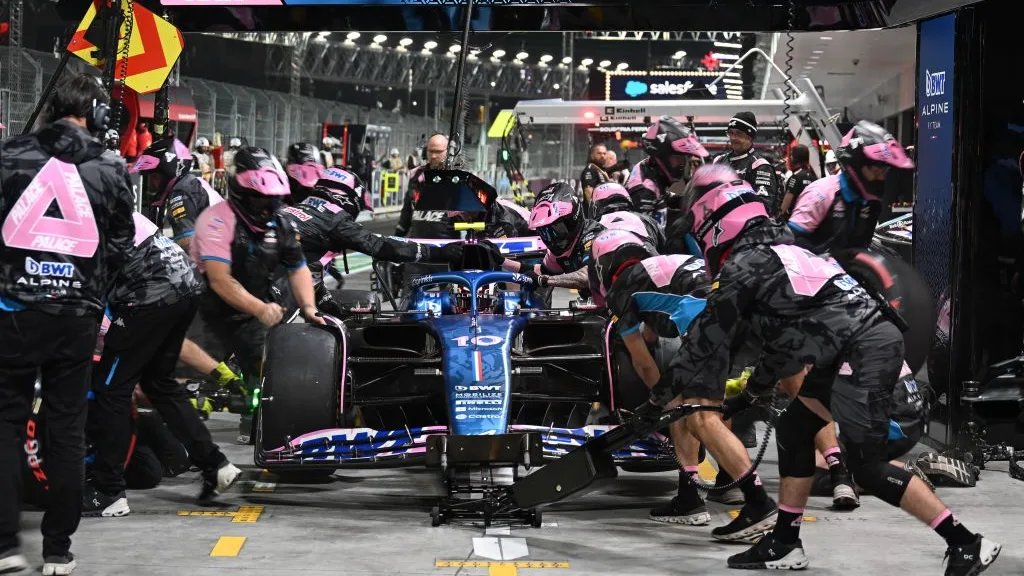
A weekend of disrupted practice and a brand new track to learn means it’s far from a clear picture when it comes to race day strategy in Las Vegas. So here are a few of the options that are open to the teams and drivers for the first race down the iconic Strip on Saturday night…
What’s the quickest strategy?
With the limited amount of data that there is for the Las Vegas Strip Circuit, there’s a little bit of uncertainty on which strategy should get top billing. But leaning into Charles Leclerc’s comments that he found overtaking a little bit more challenging than he was expecting during practice, I’m going to open proceedings with the one-stop strategy.
Next Up
Related Articles
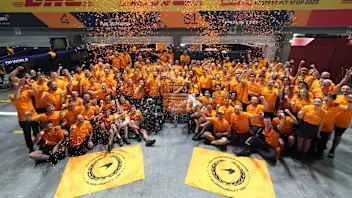 PalmerJolyon Palmer picks his stand-out performers in 2025
PalmerJolyon Palmer picks his stand-out performers in 2025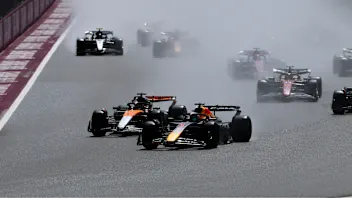 REVEALED: Your favourite race of the 2025 season
REVEALED: Your favourite race of the 2025 season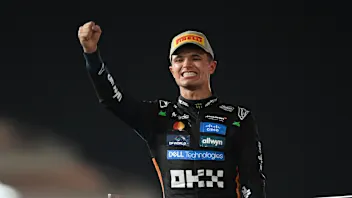 The elite group Norris joins as McLaren World Champion
The elite group Norris joins as McLaren World Champion.webp) Winners & Losers5 Winners and 5 Losers from the 2025 season
Winners & Losers5 Winners and 5 Losers from the 2025 season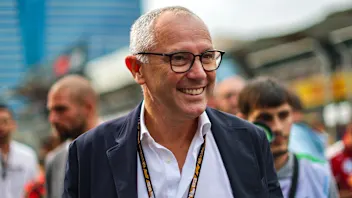 F1 CEO Domenicali reflects on 'phenomenal' 2025
F1 CEO Domenicali reflects on 'phenomenal' 2025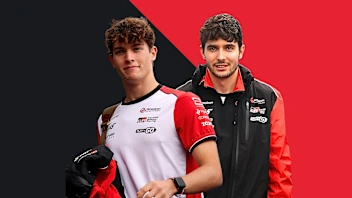 End Of Year Reports 2025Haas’ best and worst moments from 2025
End Of Year Reports 2025Haas’ best and worst moments from 2025
